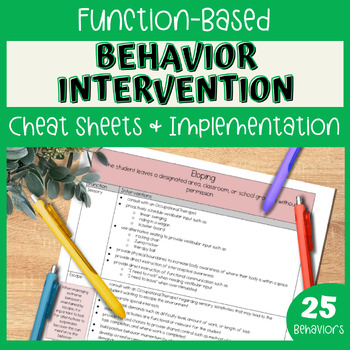This week I will focus on tactile sensory equipment.
Theraputty
All of my kids LOVE theraputty. It is great for
a tactile sensory break but it also works well for working on fine motor skills
(each color of Theraputty is a different resistance). Additionally, we have
used it during academic activities such as hiding coins to find and ID or
hiding counters to find and count.
Calming
or Cooling Bags
Last year I learned that students who have sensory
processing issues also often have a higher core body temperature. When I
learned this it totally made sense because I noticed that after bouncing on a
therapy ball or spending time in a body sock the kids would be beat red and
sometimes sweaty even in just a short amount of time. This is when I started
trying to incorporate some cooling activities at the end of a sensory break. I
made cooling gel bags which the kids loved because they were squishy and I
could add beads or small objects to also provide sensory input. I put the bags
in the fridge to cool them down. However, several of my students squeeze too
hard so I made goo gloves for them
which can also be put into the fridge to cool down.
"Chewys"
For those students who need oral/tactile input
(you know the kids who always have their hands in their mouths) I use
"chewys". They can be attached to a string or lanyard and worn as a
necklace or attached to a stretchy spiral keychain and hooked to a belt loop.
Sensory Tubs
Sensory tubs are another great sensory tool for kids who need
tactile input. Rice and beans are calming because they can be heavy and
therefore provide deep pressure while pasta is alerting because it is
"pokey". The sensory tubs pictured here are in my sensory table. The
table acts as a catch-all for messes and decreased the amount of rice on the
carpet each night. I would recommend getting tubs with lids and not putting
more than one in the table at a time because no matter how many times you ask
them not to the kids will mix them! Sensory tubs are also great to incorporate
into academics by burying manipulatives (shape blocks, foam numbers, etc) and
having kids dig them out and identify them.
Fidgets are a good way to occupy a student
during a short break (when waiting their turn) or help with transitioning
(fidget signals moving from place to place). They are also good for those kids
who have difficulty keeping their hands off of materials or out of their desks.
Many students focus better if they have a small fidget to squeeze or roll in
their hand while you are talking.
Sensory
Bottles
Sensory bottles can be used like fidgets and are
great for those kids who like visual input. Additionally, they can be calming
for some students who like watching the oil and/or items settle. However, I do
not recommend them for something to use during small group time because they
can be very distracting. Click here for how to make
sensory bottles for your classroom.







